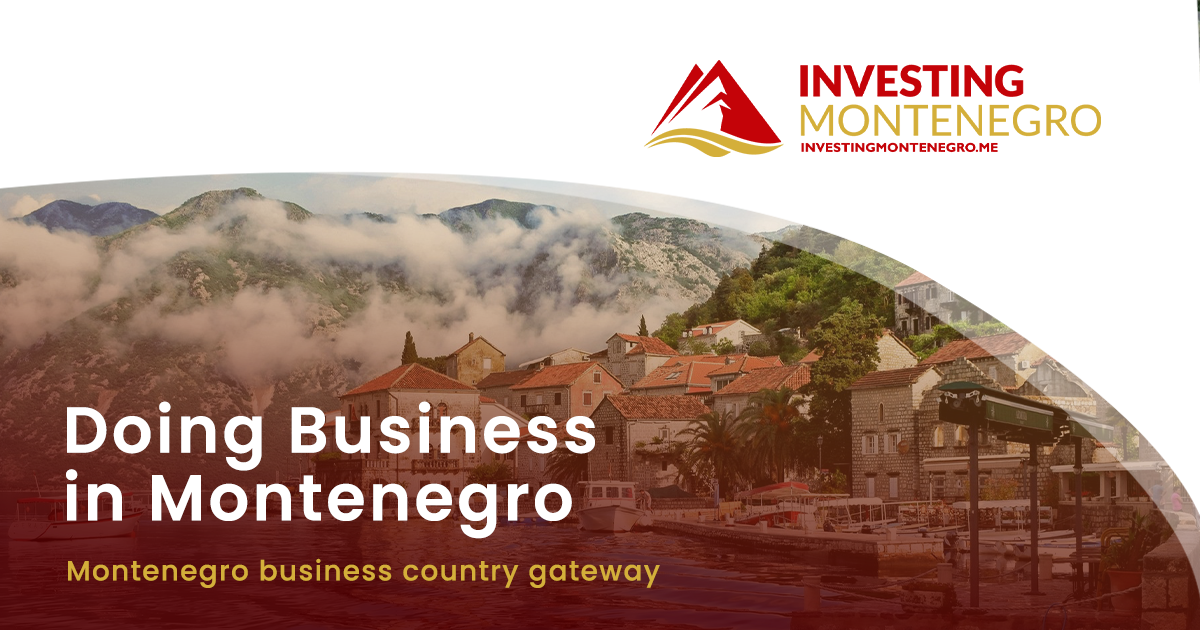Montenegro, with its high mountains and favorable wind conditions, offers promising investment potential new wind parks. Here are some key points highlighting the investment opportunities in Montenegro’s high mountains for wind energy projects:
1. Abundant Wind Resources: Montenegro’s high mountainous regions, such as the coastal range and the Durmitor mountain range, experience strong and consistent winds. These favorable wind conditions make these areas well-suited for harnessing wind energy through the establishment of wind parks.
2. Renewable Energy Targets: Montenegro has set ambitious targets to increase the share of renewable energy in its overall energy mix. The country aims to achieve 33% of renewable energy by 2020 and 36% by 2025. Wind energy is expected to play a significant role in achieving these targets.
3. Government Support: The Montenegrin government has implemented various measures to attract investments in renewable energy, including wind energy. These measures include feed-in tariffs, power purchase agreements, and streamlined procedures for project approvals and permits. The government’s commitment to promoting renewable energy provides a supportive environment for potential investors.
4. Favorable Legal Framework: Montenegro has introduced a legal framework that is favorable for wind energy investments. The Law on Energy prescribes the conditions and incentives for renewable energy projects, ensuring long-term stability and financial predictability for investors.
5. Grid Integration: Montenegro’s transmission infrastructure is being developed to facilitate the integration of renewable energy projects, including wind parks. Upgrades to the grid and the establishment of high voltage transmission lines contribute to the efficient evacuation of wind-generated electricity from high mountain regions to demand centers.
6. Tourism and Environmental Impact: Montenegro’s high mountain regions are not only suitable for wind energy projects but also have scenic beauty and potential for tourism development. Carefully planned wind parks can coexist with the natural environment while protecting the cultural and historical heritage of the country.
7. Public-Private Partnerships: The Montenegrin government encourages public-private partnerships for renewable energy projects. Collaborating with local authorities and communities can enhance project development, promote local benefits, and address environmental and social concerns.
Investing in wind parks in Montenegro’s high mountainous regions presents an opportunity to contribute to the country’s renewable energy targets, diversify the energy mix, and support sustainable development. However, it is crucial for potential investors to conduct thorough feasibility assessments, engage with local stakeholders, and consider environmental considerations to ensure successful and socially responsible project implementation.













